Popular on Food52
12 Comments
Kate W.
April 6, 2013
What a great skill you have! I have a garden in my Frederick, MD backyard that I've been working with, though as a new grower, I'm just getting a handle on planting spinach, lettuce and radishes in the fall, and tomatoes, peppers and herbs in the summer. The idea of planting a root vegetable scares me! Thanks for your insights.
Amy P.
April 9, 2012
YES!!! Plant something after the tomatoes, even if it is only a green manure or cover crop. Cereals (rye, peas) do well or vetch/clover. Also, organic practices suggest leaving six rotations before planting tomatoes in the same spot as they are prone to soil disease. You may want to move the tomato bed entirely this year, and plant three other crop rotations in there. I'd do that!
lylebama
April 8, 2012
Thank you for this informative post. Nowhere else have I seen this simple and clear recitation of what nutrients different plant families use. For the last several years I have been growing vegetables in raised beds, using an intensive square foot-type approach. While this has worked very well (no weeds, high yields, rarely any pest problems) it does tend to complicate rotation schemes, since you almost always have different plant families growing adjacent to each other. One tool that has helped me is the garden planning program from GrowVeg, which is available for a small subscription fee from a number of seed companies. It highlights the places on your plan where you planted a given family member the preceeding year so you can rotate more effectively. I'm sure there are other programs that do this as well.
JULES G.
April 8, 2012
Fabulous article here. Makes perfect sense to me and loaded with good tips.
Looking forward to next article on seed planting.
Companion plants: Marigolds keep bugs off my tomatoes! I plant one or two around the base area om my toms.
Jules
Looking forward to next article on seed planting.
Companion plants: Marigolds keep bugs off my tomatoes! I plant one or two around the base area om my toms.
Jules
Sami
April 8, 2012
Marigolds also make lovely muffins, and if you chop the petals, you can mix them with chopped almonds and honey into butter!
jheald1
April 4, 2012
I found that it was much easier to plan my gardens when I used cut-outs from graph paper to plan the layout. I am using a pretty intensive planting scheme, so I created very detailed plans. Check out the picture at the bottom of the page for an idea of how planned-out my garden is!
http://loganskitchen.com/2012/03/28/its-almost-time-to-start-planting/
http://loganskitchen.com/2012/03/28/its-almost-time-to-start-planting/
Amy P.
April 9, 2012
Agreed! I use nothing but graph paper - it's very helpful. Thanks for the link!
jheald1
April 12, 2012
Of course!
To plan the bed arrangements, I cut out blocks of graph paper for each vegetable, then rearranged it on the garden, until I found an arrangement that fit everything I wanted. It took some time to measure and cut out each block, but the frustration and erasing that it saved me is unimaginable!
To plan the bed arrangements, I cut out blocks of graph paper for each vegetable, then rearranged it on the garden, until I found an arrangement that fit everything I wanted. It took some time to measure and cut out each block, but the frustration and erasing that it saved me is unimaginable!
aargersi
April 4, 2012
I need to be more thoughtful about rotation - I do try to put leafs in the winter where tomatoes / peppers / eggplants go in the summer (incidentally, ours go in the ground in MARCH!) What about letting beds rest? I have one that is a tomato bed in the summer - after I pulled them last year I composted 2-3 times but did not replant until this spring (with tomatoes again). Does that also help it replenish and keep the pests at bay?
Will you be doing an article on companion plants (please :-) ?
Will you be doing an article on companion plants (please :-) ?
Amy P.
April 9, 2012
YES!!! Plant something after the tomatoes, even if it is only a green manure or cover crop. Cereals (rye, peas) do well or vetch/clover. Also, organic practices suggest leaving six rotations before planting tomatoes in the same spot as they are prone to soil disease. You may want to move the tomato bed entirely this year, and plant three other crop rotations in there. I'd do that!

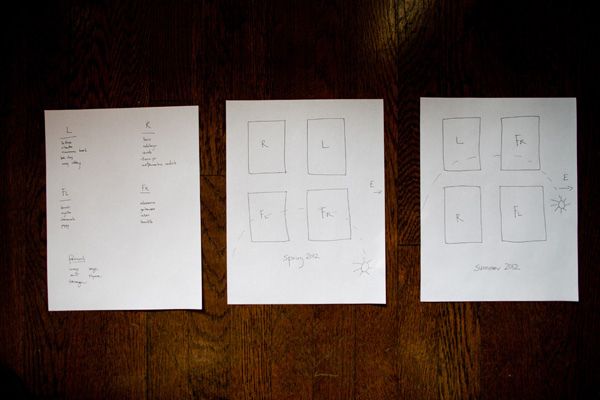
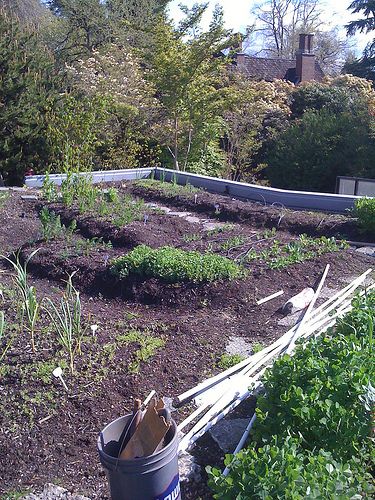

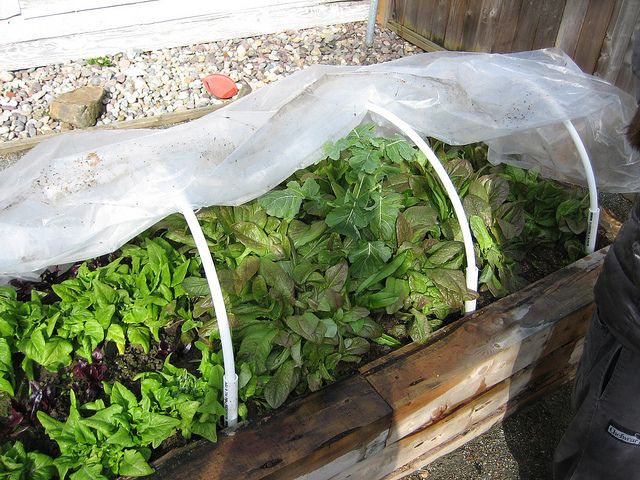
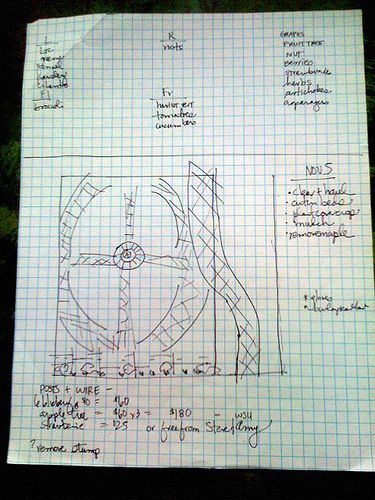
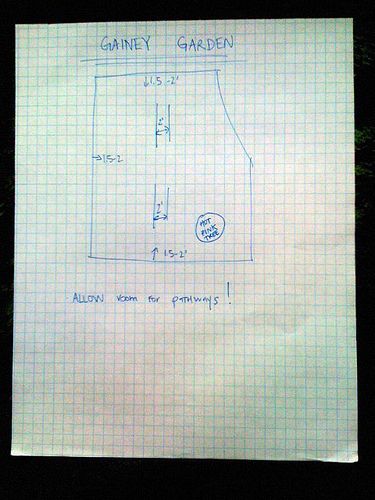

See what other Food52 readers are saying.